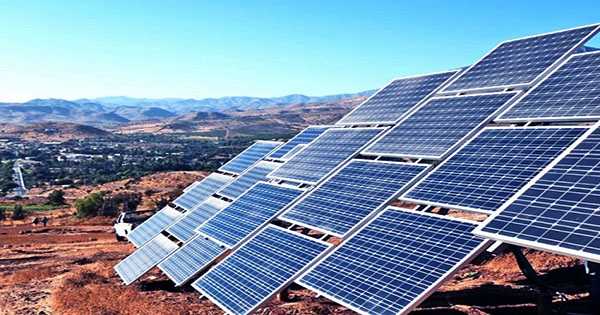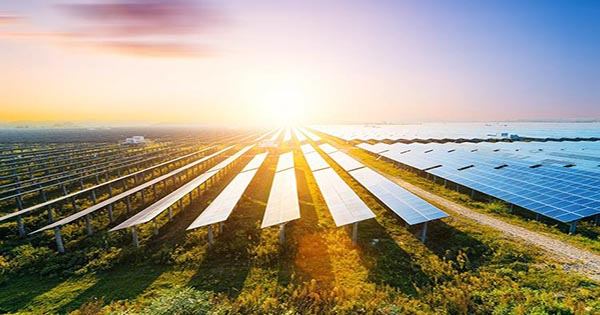When it comes to renewable energy, the United States has not always had a sterling reputation. Despite the fact that the majority of Americans agree that more serious action is needed to combat climate change, politicians have vetoed even the most innocuous initiatives to address the issue, instead electing to repeal hundreds of environmental regulations. Despite the fact that the current administration has lately managed to shift the tide in favor of renewables, they still account for only 12% of total energy consumption in the United States.
But, according to a recent analysis from the Department of Energy, that might all change very soon. They discovered that solar energy alone may provide 40% of the country’s electricity by 2035, an increase of more than tenfold above current levels. What’s the best part? Consumers would not pay a dime more as a result. In a statement released Wednesday, Energy Secretary Jennifer Granholm stated, “Solar is our cheapest and fastest-growing source of renewable energy.” “By 2035, it might produce enough electricity to power all of America’s homes while also employing up to 1.5 million people.”

There is one tiny snag: this would necessitate a significant shift in national policy as well as billions of dollars in infrastructural upgrades. The United States would need to boost its yearly solar capacity from 15 gigawatts in 2020 to 1000 gigawatts in 2035, as well as update its power grid to become renewable-dominated.
Furthermore, Congress would have to approve radical climate change legislation – what the report refers to as a “coordinated policy effort” – as well as create incentives to encourage the use of renewable energy. Democrats have been pressing for these changes, but their success is far from clear.
According to the research, the payback from these admittedly lofty goals may be enormous. The projected levels exceed even the solar industry’s expectations, and by 2050, it might supply enough electricity to power all of the country’s residential and commercial structures. When paired with other renewable energy sources such as hydroelectric, geothermal, and wind power, the analysis demonstrated that a totally carbon-free US power grid is possible. That’s great news for President Biden, who has consistently stated his desire to reduce the United States’ dependency on carbon.
He announced plans to decarbonize 80% of the US electrical grid by 2035, with a goal of complete decarbonization by 2050. “We can’t turn [climate change] back very far, but we can prevent it from getting worse,” Biden said Tuesday in a community devastated by Hurricane Ida.
He said, “We don’t have any more time.”
















